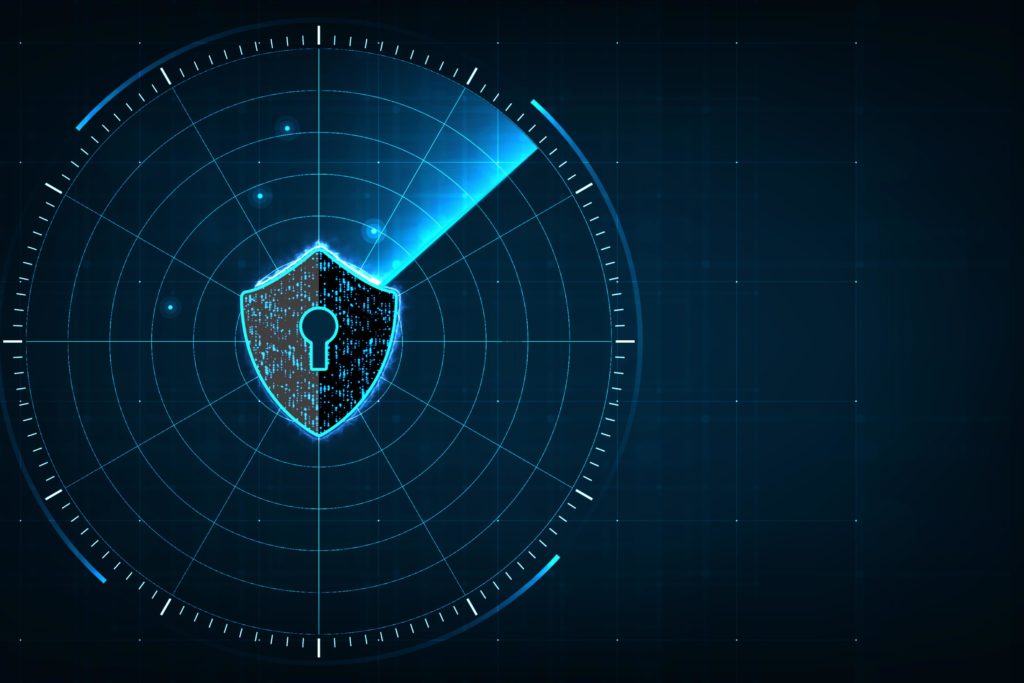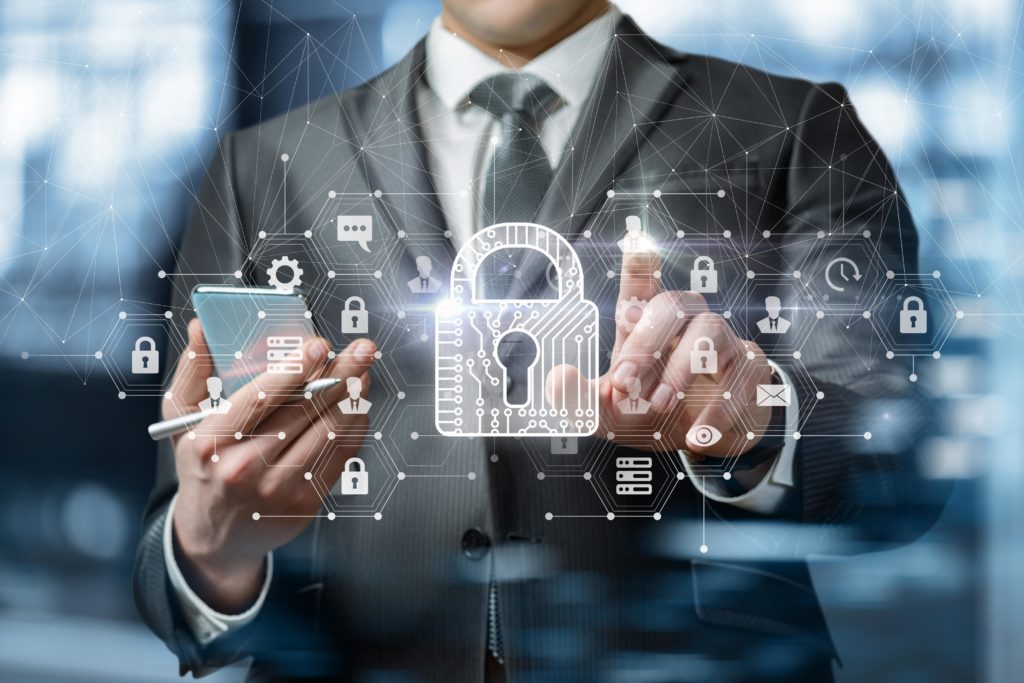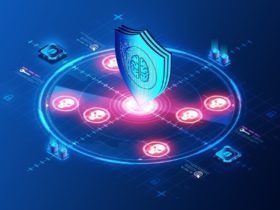It is essential to secure the perimeter around the network; as threats and attackers increase daily, they seek opportunities to breach the system and cause damage to the user network. A successful cyberattack on your organization might have devastating consequences, including the theft of sensitive data and the disclosure of private information to unapproved third parties. Your company’s credibility and customer trust could take a hit, and financial consequences are also potential.
Secure the Perimeter

One of the first steps in ensuring security for your organization is to secure the perimeter. This includes implementing proper access controls, such as using strong passwords and limiting physical access to sensitive areas. It also means regularly monitoring and updating your firewall and network security measures to prevent cyber attacks.
Securing the perimeter can prevent unauthorized access and protect valuable data and assets. Proper perimeter security can deter potential threats and reduce the risk of a security breach. Take the necessary steps to secure your organization’s perimeter and protect against external threats.
How Important is it to Secure the Perimeter?
Malicious malware can infiltrate an unprotected system, giving criminal actors easy access to the data contained therein. The attack surface facing modern businesses is much larger than that faced by their predecessors.
Failure to understand the attack surface may slow an organization’s response to an attack. Due to their growing importance, businesses must provide a secure environment for data storage and sharing. Threat actors can swiftly obtain sensitive material and transfer it to others who will profit from or destroy it.
How Can We Secure the Perimeter?

Since cyberattacks can happen at any time and anywhere inside the network’s perimeter, we can secure the perimeter around the network by following simple practices.
- Spread Awareness of the Threats of Insider Attacks Among your Staff. Your company must implement a comprehensive, interesting cybersecurity or data privacy training program. Reading, listening, and clicking shouldn’t be the only components of this kind of education. Make use of engaging examples instead. Security training works better if the staff doesn’t dislike it. Workers must learn email security basics, including how to spot fake emails and what to click on. Users may need to hover over the link to confirm its location.
- Restricting Employee Access to Private Information Protecting sensitive firm data from accidental disclosure is essential. Employees should have access to only the tools and data essential to completing their work. When an employee resigns from or relocates away from your company, you must immediately revoke access to any company-related systems. Also, retrieve any identification badges and keys.
- The Significance of Continuous Evaluation Due to the dynamic nature of cyber threats, it is important to conduct regular risk assessments. Right now, you’re being cooperative. A brand-new danger may show up tomorrow. Look within and prioritize your staff, policies, and infrastructure.
- Firewalls must be Installed, and Activated Firewalls can protect an organization’s network from intruders and limit employee access to malicious or inappropriate content online. Different types of firewalls are present in the market according to the business requirements.
- Preserve Sensitive Information Encryption software should be turned on to keep sensitive information safe while it is being sent or stored online. Encryption is converting data into unguessable code before sending it over the internet. So that only you will have access to the original.
- Assess how Resources are used. Keep track of your company’s hardware and software. Please make sure no one else can get to them. Get rid of old gadgets and programs, and delete any essential files. Software and hardware that has reached end-of-life on your company’s network will not receive updates, leaving it vulnerable to intrusion. It’s a regular security risk for former employees to access the system illegally.
Conclusion
Today, securing the perimeter around the network and making it stronger over time is an absolute necessity. Since the threats are constantly evolving, as threats come at us in different ways, we need to find ways to improve and protect our systems from malicious users who are not authorized to use them. So we can stick to our work procedures and keep important data safe.











